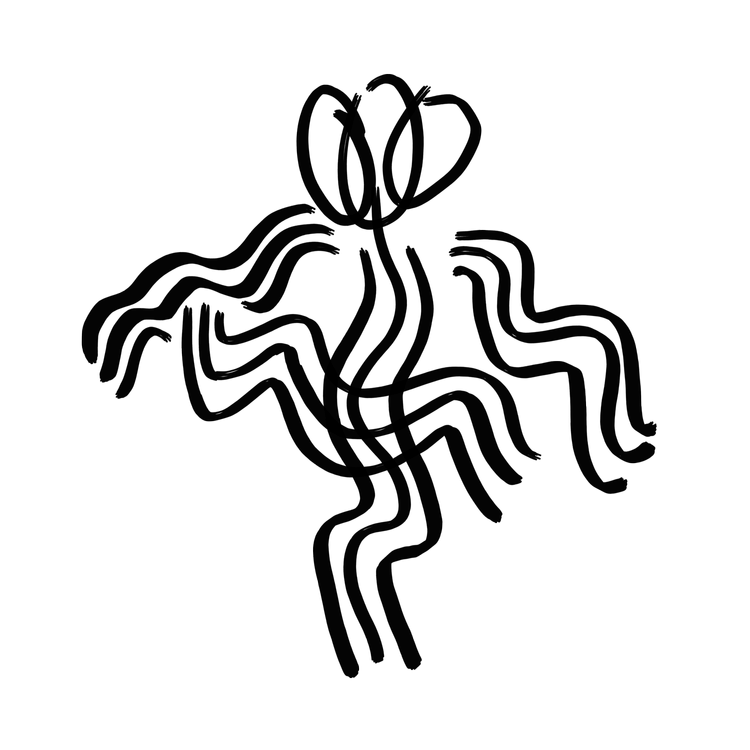folx
FOLX is a bold ensemble choreography that reimagines folk tradition through a neuroqueer lens
Documentation from early solo research during a residency at Inter-University Centre for Dance Berlin (HZT), Nov 24
🔔
🌞
🏵
🔔 🌞 🏵
Rooted in the TRADITIONAL FOLK CULTURE of Morris dancing, folx seeks to disrupt ITS stale, male, pale legacy —unearthing its radical, rhythmic, and inclusive potential for reembody folk for our turbulent contemporary times.
With jingling bells, waving hankies, and striking sticks, FOLX unfolds as a pulsing, repetitive COLLECTIVE ritual—recasting folk dance as a site of resistance, reclamation, and co-regulation.
This is a performance for those historically left outside the circle of tradition; for those who stim, who sway, who don’t fit the form, but still feel the beat.
About the project:
FOLX emerged during a 2024 residency at the Inter-University Centre for Dance Berlin (HZT), by invitation of Scottish crip choreographer and Einstein professor Claire Cunningham. Building on my doctoral research into stimming as self-regulatory dance, the project explores the intersection of neurodivergent pattern-making and ensemble choreography—asking: How might the rhythmic, repetitive structures of Morris dance serve as a vessel for collective stimdance and choreographic co-regulation?
This work is also deeply personal for me. I grew up in Saddleworth—home of the UK’s largest Morris gathering, the Saddleworth Rushcart, and the famed all-male side, The Saddleworth Morris Men. As a young woman, I was captivated by the dance yet explicitly barred from participating. FOLX is a reclamation: of movement, of memory, and of space— for myself and for others living beyond the boundaries of cis-hetero-patriarchal norms.
Set against an increasingly nationalist and right-wing cultural backdrop, FOLX critically engages with the entanglements of gender, whiteness, patriarchy, and nationalism within folk tradition. And yet, it is also a celebration: of rhythm, of ritual, of collective joy in dance, song, and togetherness.
